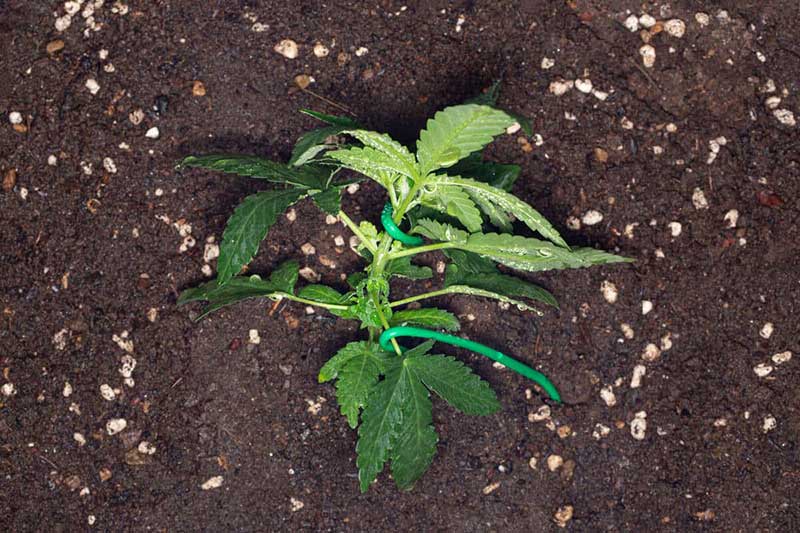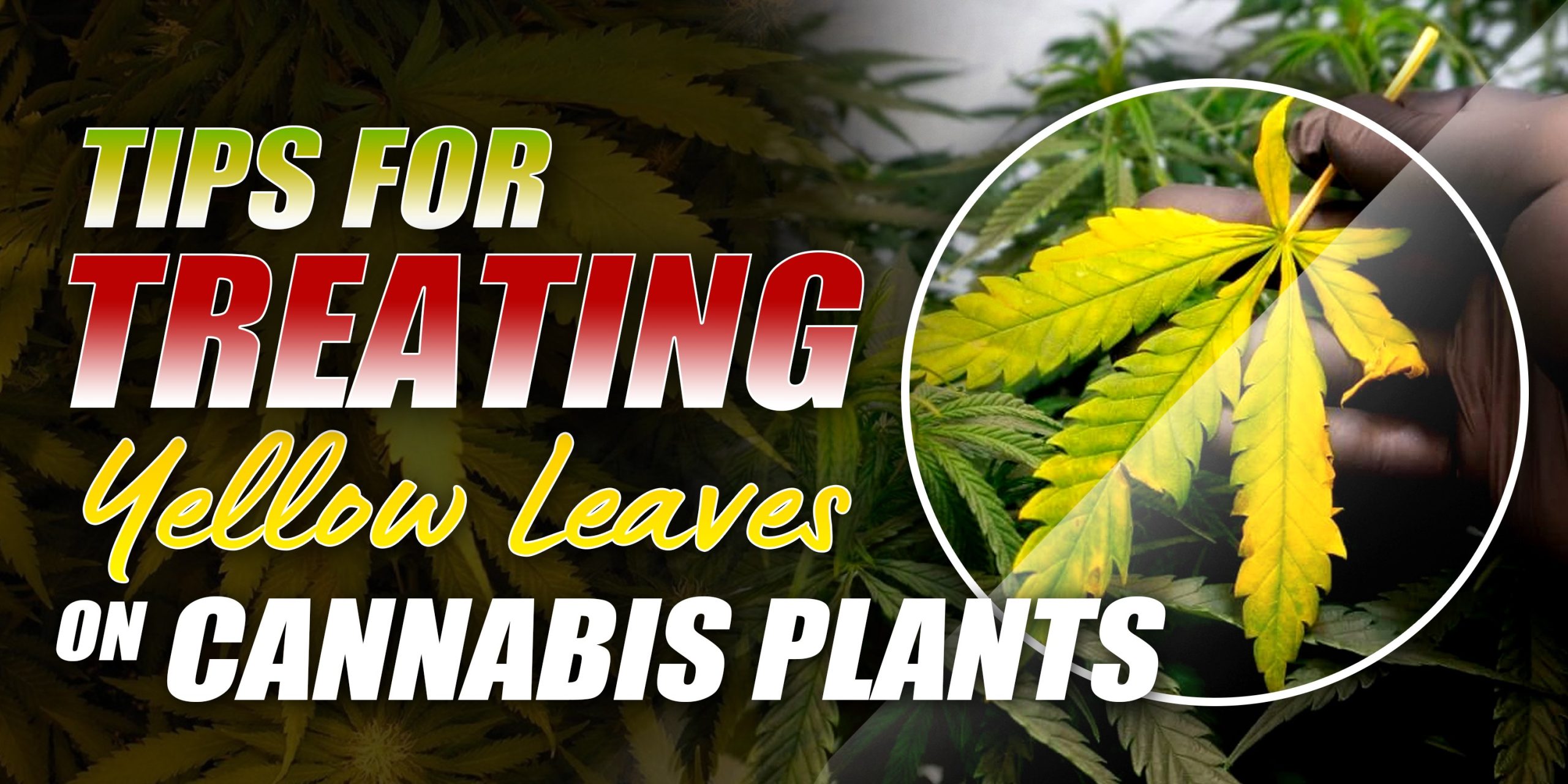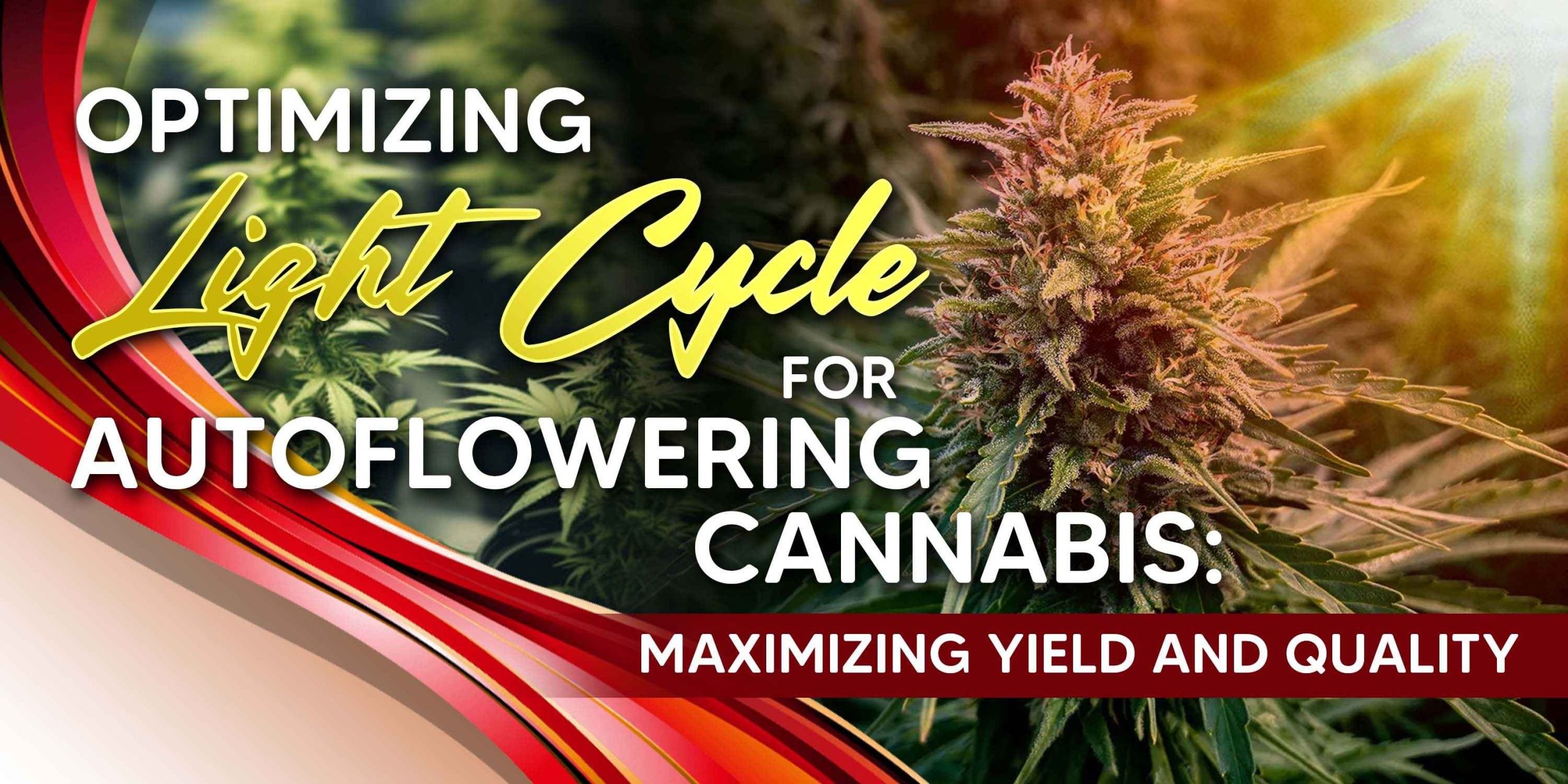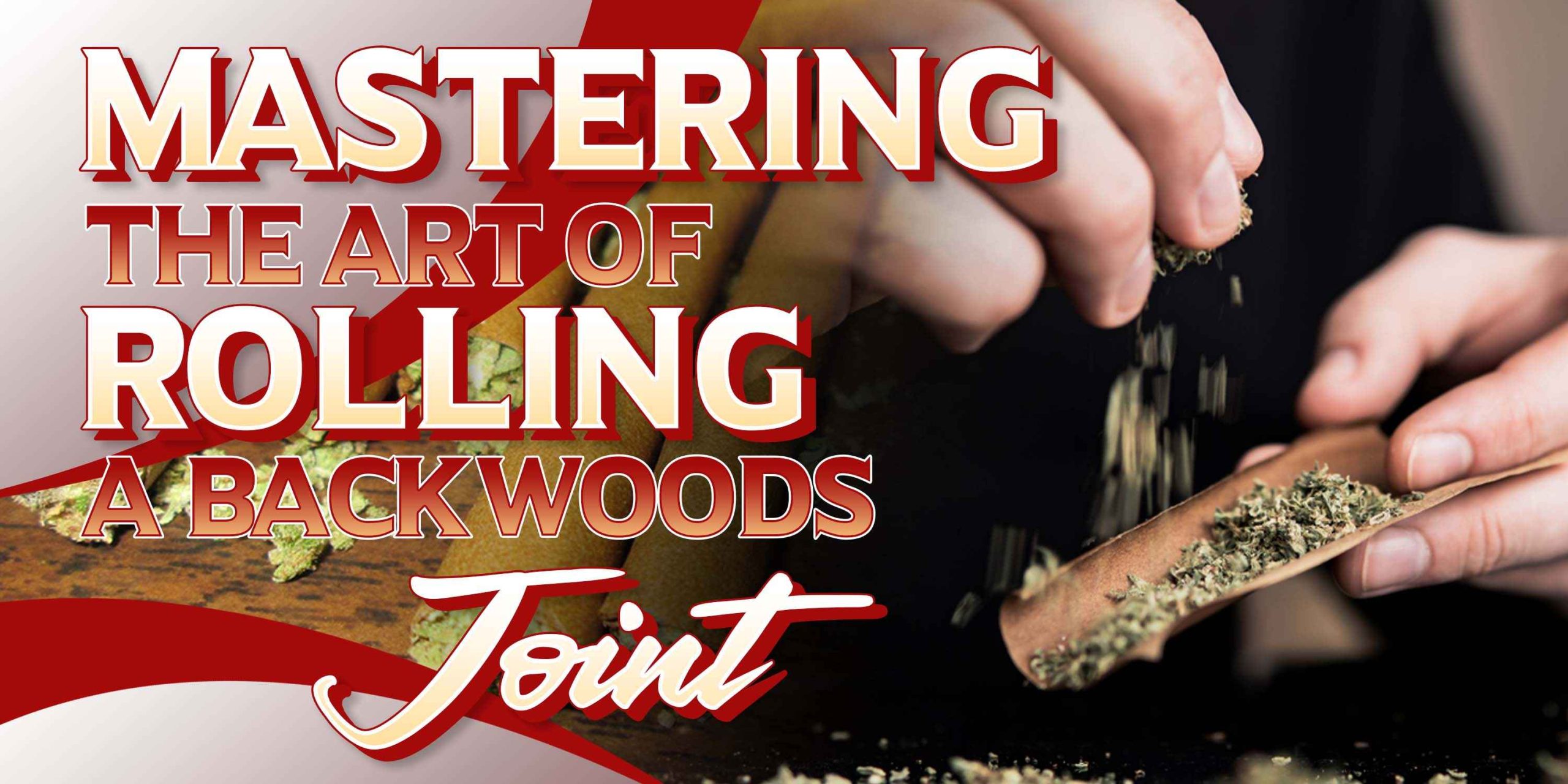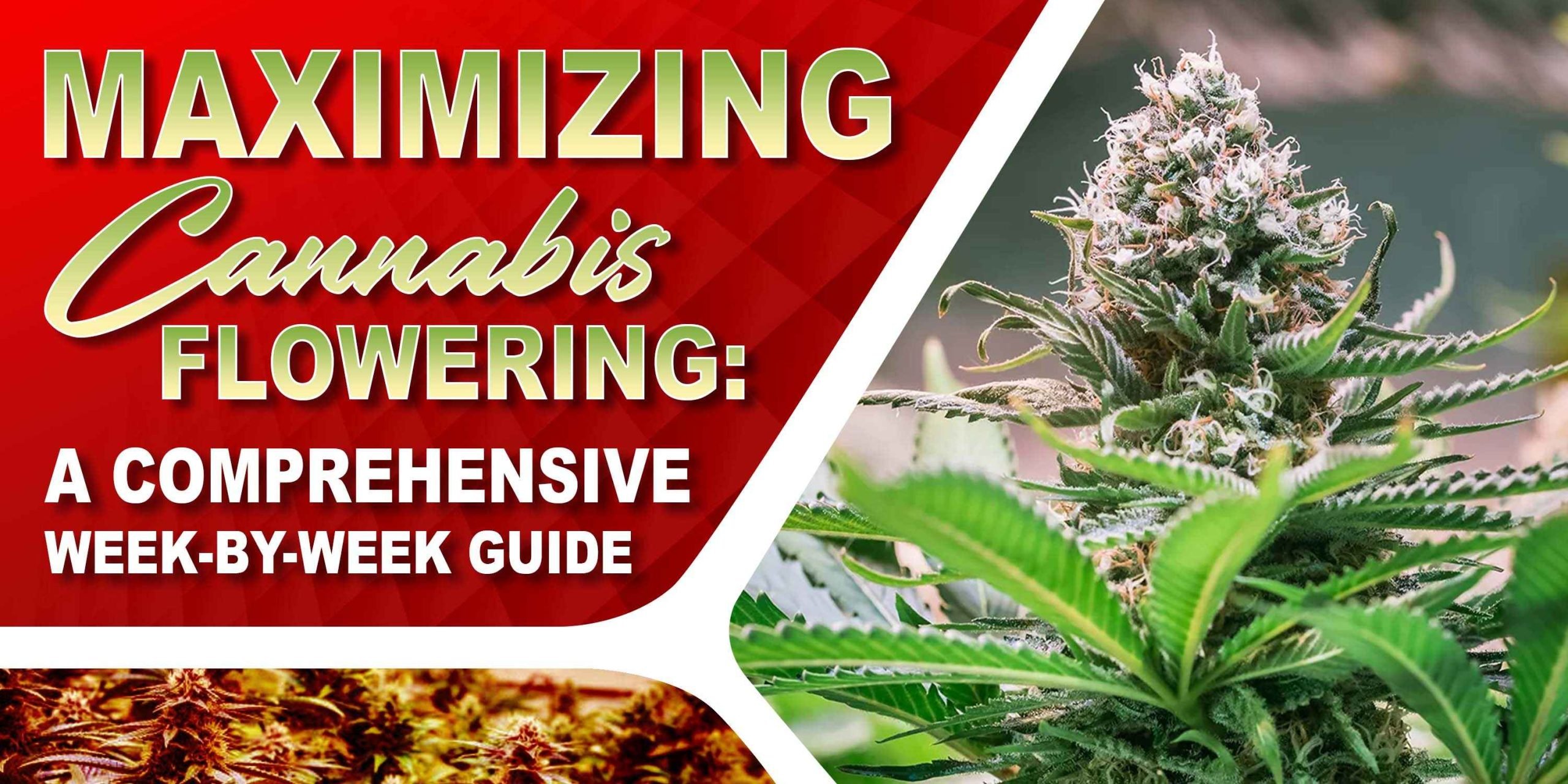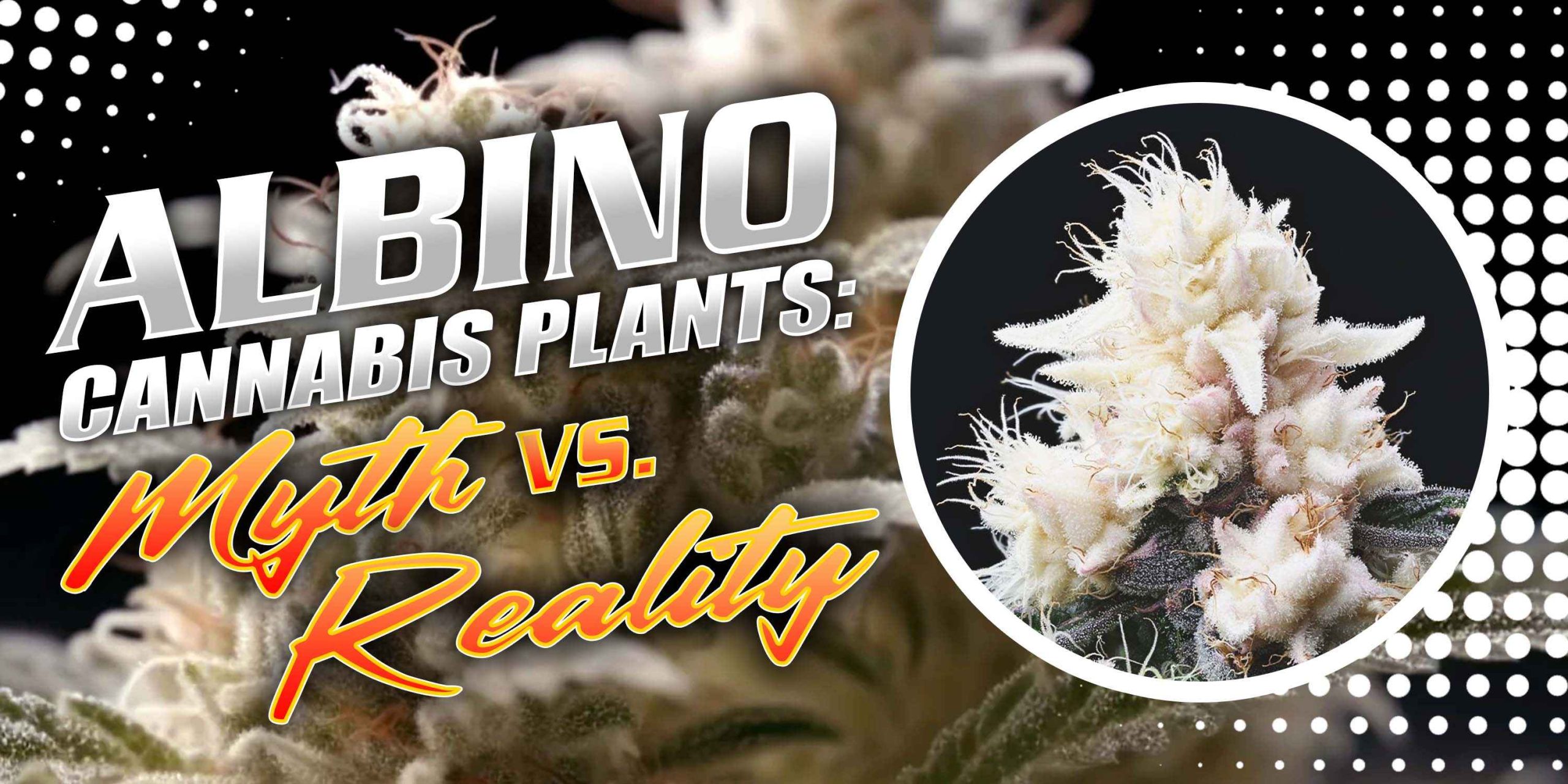The efficacy of growers depends on how they will face plant struggles and gruesome challenges that could either put their patience to test. Failure to succeed will only mean one thing – incapability to proceed to the following years of being a cultivator. Nonetheless, many are referring to the easy lane, which consists of various techniques.
One of the most common problems of growers is the abundance of yields and how they will be able to keep the energy up. As luck would have it, Low-stress training exists among cannabis plants and is not only an origin of excellent results but an excellency in the plant’s overall well-being.
Regardless, not everyone has such knowledge about low-stress training and a few other techniques that can bring exceptional outcomes. As a resolution, we patched up the holes of curiosity by providing information on how to apply low-stress training and things growers should bear in mind to evade undesirable products.
What is a Low-Stress Training?
Like any living thing, cannabis tends to get all matured, too. Alongside being older, they also gradually turn into a thick and bushy one – almost resembling a Christmas tree from top to bottom. Though it’s great to have such quality to prevent unwanted harmful elements from appearing, it can only mean acquiring more light to thrive. To resolve the issue, it would be best to know the wonders of low-stress training.
By definition, Low-Stress Training or LST is a technique for growers to successfully maximize the crop’s yields and control the size of it to maintain equilibrium. Back then, it was called “espalier” where the application is suitable for trees. It was originally meant to be an indoor technique, but outdoor plants adapted to the training. In other words, low-stress training is derived from the traditional practice of yield maximization.
How does Low-Stress Training Works?
If you managed to grow a bonsai tree, you would be extremely familiar with Low-stress training. Similarly, the training techniques comprise of size and shape manipulation to go with your own will. But how would you do that? To gain what you wish to have, you will need to bend the stems of the cannabis plant intentionally.
By doing so, you will expect three main aims, which are the following:
- To permit more light to come through bud sites, especially places where leaves originally bonded tightly.
- To control the height and level of the plant per what you can accommodate and prefer.
- To control the entire size and shape of the cannabis plant.
For an extensive understanding of how low-stress training works, you will have to bend stems that are usually showing unruliness by using soft wires to ensure it won’t break apart during the process. The majority of LST growers wish to keep the plant’s appearance to remain manageable even if it means intentionally hurting – but not to the point of killing.
Though it wasn’t stated, it’s usually common that LST makes room for new sites of bud to grow. Thus, the technique will have to be constant as the plant becomes older, and if the leaves are getting bushier. Hence, marking low stress training an ongoing process. If you’re worried about how the plant would look like during the training process, you shouldn’t because it will become well again in a few weeks.
Moreover, one helpful tip is that it would be best to set apart branches at the middle portion so the sun can enter the crop and reach new buds. Ensure that it won’t damage the part too much or might cause undesired adversities to the plant.
When to start LST or Low-Stress Straining
There’s no standard plant type to follow. Meaning, any cannabis plant can undergo the LST method as long as it’s already in the phase of readiness. One misconception about LST is that growers think they can deploy the training anytime they want, which is false. There are specific times and phases to start low-stress training.
Unlike other ways of enhancing the crops, Low-stress training has to start at a specific plant phase. For starters, it should happen once the cannabis plant is matured enough to experience bending but not too old since the stems might become too brittle. The younger, the better as long as several leaves are appearing.
Before reaching the actual training, branches should have been pre-bent to lessen the probability of snapping or breaking apart. It would also be advisable to eliminate huge fan leaves once the training wraps up. Otherwise, the number one aim of LST will go to waste, allowing more light to infiltrate the plant’s lower nodes.
How to Apply Low-Stress Training in Cannabis Plant?
If you’re a newbie to the LST set, these are the most common way of applying low-stress training to your cannabis plant. But, if you think you have another comfortable method, you are free to change some steps.
1. Select the Stem
By choosing the best stem to bend, it was recalled that it’s vital to pre-bend it before the actual LST. Through pre-bending, you’ll be able to test the stem’s flexibility to ensure that it will safely go through the process.
To make it according to your terms, envision the shape you wish to have or better yet have a sample nearby.
2. Clamp the Tallest Branch
Doing this step will enable it to become the same as the rest of the cannabis plant. But by doing so, you first have to assure that it will not be too brittle since you’ll be trying it for the rest of the training. Do it gently but quite firm so it would remain in position.
3. Bend the Canopies
Proceed to the third step once you’re done with the tallest branch. While bending the canopies, make sure to bend it according to the right place, especially the new ones. Also, you can tie the next high stem to improve the effect of LST further.
4. Wait for a day
After a bending day, the branch will gradually grow again, but the height will be the same as the rest of the stem. Once newly grown branches start receiving light and is showing signs of growing up, you may have to apply LST right away.
5. Repeat the Process
In this step, you will only have to re-do the first to the third step of LST. Then, patiently wait for the fourth step until everything is uniformly-done.
6. The Start of the Flowering Phase
During the plant’s flowering stage, huge peaks will come out, which is an indication that the plants will soon grow rapidly and start flowering. To allow the crop to exert powerful energy to where it fits the most, prune lower branches so the crop won’t waste the effort to push the irrelevant part to the spotlight.
Now, it’s important to keep up with the pruning styles to let the plant emerge the way you want them. Remember that LST is a continuous process.
Conclusion
Cannabis, unlike any regular plant, seems to have an intelligent mind of its own that you can leave it outside and would still be able to counteract worse problems if you chose the right plant, of course. In applying low-stress training, note that there might be unwanted doings to appear, and there are still ways to fill the damage. But, since LST was never a requirement in the first place, it’s sad to say that you brought it to yourself.
Therefore, embracing low-stress training is necessary because it was never a part of the plant’s growth course. If anything, it’s more of an art to express control and desire since you will be manipulating the outcome of your hard work and strengthen what’s already strong before.





